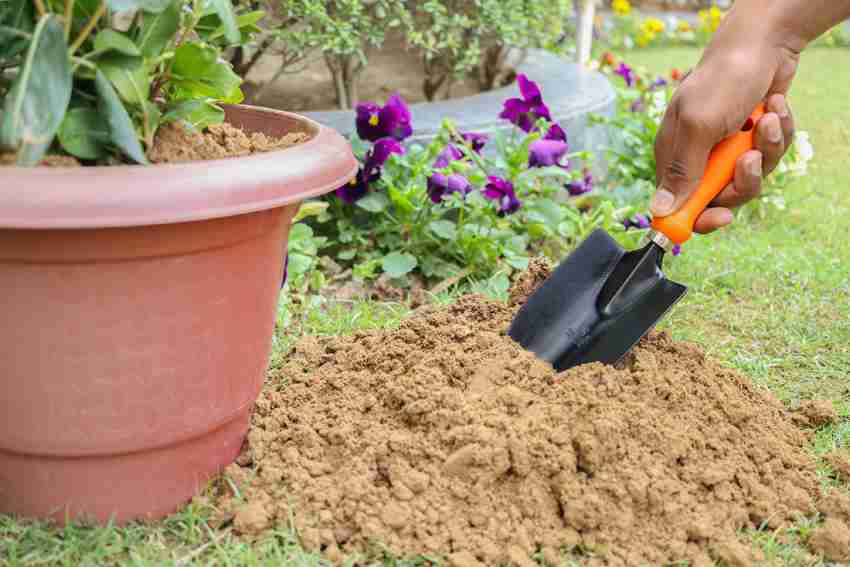
Grow bags have become a staple in gardening, offering a versatile and space-efficient alternative for cultivating plants. However, caring for these innovative containers doesn’t end with the growing season. Knowing how to store grow bags properly ensures their longevity and preserves their potential for future seasons. In this guide, we’ll explore five essential steps to help you store your grow bags effectively, maintaining their quality and readiness for the next planting cycle.
Clean and Dry Thoroughly:
Before storing your grow bags, cleaning and drying them thoroughly is crucial. Empty the soil or growing medium from the bags, removing any remaining roots or debris. If the grow bags are reusable, this step helps prevent the carryover of pests or diseases to the next planting season. Once emptied, give the bags a good shake to remove excess soil and rinse them with water. Allow the grow bags to dry completely in the sun to prevent mold or mildew growth during storage.
Inspect for Wear and Tear:
Just like inspecting pruning gloves for wear and tear, it’s crucial to regularly assess the condition of your grow bags. Look for frayed edges, holes, or weakened seams. It’s essential to address any damage before storing the grow bags, as it can worsen over time and compromise their structural integrity. If you find small tears, you can patch them with sturdy fabric tape or sew them for a quick fix. Identifying and addressing issues during the cleaning process ensures that your grow bags are in optimal condition for their next use.
Fold or Stack Strategically:
Once your grow bags are clean, dry, and in good condition, consider the most efficient way to store them. Depending on the material and size of the bags, you can either fold or stack them. Fabric grow bags are typically flexible and can be folded, while sturdier plastic or polyethylene bags may be better suited for stacking. When folding, be mindful of creases and try to alternate the folding pattern to prevent permanent wrinkles. Stacking bags should be done carefully to avoid any unnecessary stress on the material.
Store in a Cool and Dry Location:
The storage environment plays a critical role in preserving grow bag quality. Find a cool and dry location to store grow bags. Excessive heat or prolonged exposure to sunlight can degrade the material over time, so it’s essential to shield them from extreme weather conditions. Additionally, keeping the grow bags in a dry environment helps prevent mold or mildew growth. Elevate the bags off the ground to ensure proper air circulation.
Label for Easy Identification:
As you organize your stored grow bags, consider labeling them for easy identification when you’re ready to use them again. Note the size and type of grow bags and any specific information about the plants previously grown in them. This labeling system streamlines the planning process for the next planting season, allowing you to quickly assess your available resources and make informed decisions about which grow bags to use.

